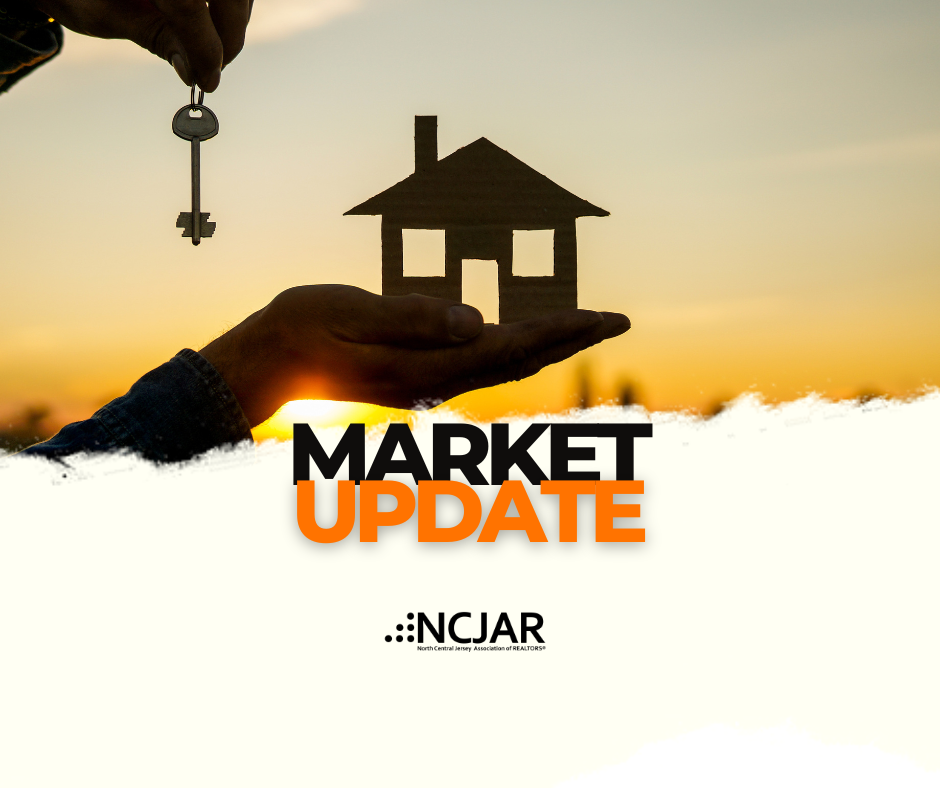 WASHINGTON (August 13, 2024) – The housing market showed strong performance in the second quarter of 2024, with nearly 90% of metro markets recording home price gains. According to the National Association of REALTORS®' latest quarterly report, 199 out of 223 tracked metro areas (89%) saw home prices rise, despite the 30-year fixed mortgage rate ranging from 6.82% to 7.22%.
WASHINGTON (August 13, 2024) – The housing market showed strong performance in the second quarter of 2024, with nearly 90% of metro markets recording home price gains. According to the National Association of REALTORS®' latest quarterly report, 199 out of 223 tracked metro areas (89%) saw home prices rise, despite the 30-year fixed mortgage rate ranging from 6.82% to 7.22%.
While 13% of these metro areas experienced double-digit price gains, this is a notable decrease from 30% in the first quarter. One remarkable milestone was in the San Jose, California metro area, where the median single-family existing-home price reached $2,008,000. This marks the first time since NAR began tracking prices in 1979 that a metro area's median price exceeded $2 million.
Home Price Trends and Regional Insights
NAR Chief Economist Lawrence Yun highlighted the dual impact of these record-high prices: "It's terrific news for homeowners who are seeing significant wealth gains. However, it's challenging for potential buyers as the required income to qualify for a mortgage has roughly doubled from a few years ago."
Nationally, the median single-family existing-home price grew by 4.9% year-over-year to $422,100. This growth rate is slightly down from a 5% increase in the previous quarter.
Here's a breakdown of regional performance:
- South: Largest share of single-family home sales (45.5%), with prices increasing by 2.3%.
- Northeast: Prices surged by 9.8%.
- Midwest: Prices rose by 5.5%.
- West: Prices increased by 5.4%.
Top Metro Areas for Price Increases
The top 10 metro areas with the largest year-over-year median price increases all posted gains of at least 14.1%, heavily influenced by the types of homes sold. These areas included:
- Racine, Wis. and Glens Falls, N.Y. (both at 19.8%)
- El Paso, Texas (19.2%)
- Morristown, Tenn. (16.7%)
- Manchester-Nashua, N.H. (16.2%)
- Anaheim-Santa Ana-Irvine, Calif. (15.0%)
- New York-Jersey City-White Plains, N.Y.-N.J. and Springfield, Ill. (both at 14.8%)
- Dutchess County-Putnam County, N.Y. (14.2%)
- Trenton, N.J. (14.1%)
Most Expensive Markets
California continues to dominate the list of the most expensive markets in the U.S. Seven out of the top 10 markets were in California, with San Jose-Sunnyvale-Santa Clara leading at a median price of $2,008,000. Other notable markets included San Francisco-Oakland-Hayward ($1,449,000) and Anaheim-Santa Ana-Irvine ($1,437,500).
Home Price Declines and Market Dynamics
Nearly 10% of markets (22 out of 223) experienced home price declines in the second quarter, up from 7% in the first quarter. Yun noted that previously fast-gaining markets like Nashville, Durham, Austin, and several Florida metro areas saw a slowdown. Conversely, markets such as San Francisco, Anaheim, and New York rebounded after previous declines.
Housing Affordability Concerns
Housing affordability worsened in Q2 2024 as mortgage rates climbed. The monthly mortgage payment on a typical existing single-family home with a 20% down payment rose to $2,262, up 11.1% from the first quarter and 10.3% from a year ago. Families typically spent 26.5% of their income on mortgage payments, compared to 24.2% in the previous quarter and 25.3% a year ago.
First-time buyers faced even greater challenges, with limited inventory and rising prices. The monthly mortgage payment for a typical starter home increased to $2,218, representing 40% of their family income.
The income required to afford a home has risen significantly. A qualifying income of at least $100,000 was needed in 48% of markets for a 10% down payment mortgage, up from 40.7% in the previous quarter. Only 2.7% of markets required a qualifying income of less than $50,000, down from 4.5% in the prior quarter.
Future Outlook
Yun remains optimistic about the future, predicting improvements in housing affordability: "Mortgage rates have fallen measurably, and more supply is reaching the market. Therefore, the income required to buy a home will decrease."
Stay tuned for more updates and insights on the housing market trends and how they impact our local New Jersey market.
[i] Data sourced from the National Association of REALTORS®' latest quarterly report.